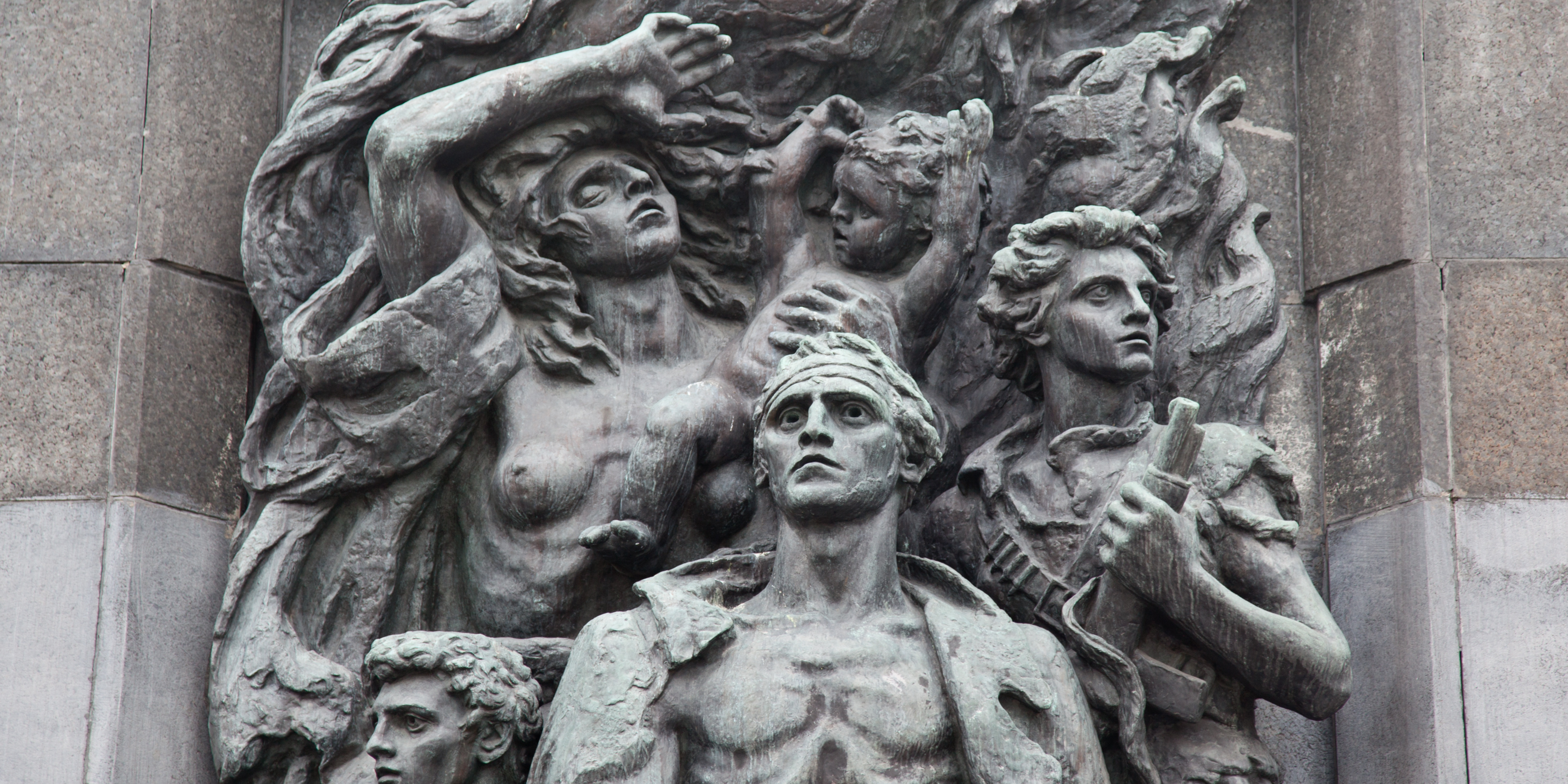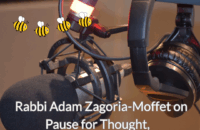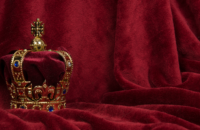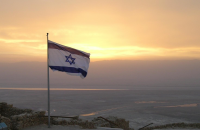Yom HaShoah – Holocaust and Authenticity

Jewish communities celebrate the freedom of Pesach by commemorating, a week later, the darkest moment in our history, and, indeed, that of humanity.
There is something remarkable about locating a commemoration of the Holocaust a week after Passover, as if to say ‘you were enslaved, you are now free, but never forget the fragility of that freedom’.
That said the real reason for the proximity of Passover and Yom HaShoah is that the date was chosen to commemorate the Warsaw Ghetto Uprising. Soon after their conquest of Poland, the Nazis herded Jews into tiny parts of the cities in which they once thrived. Some 400,000 Jews were concentrated into a 3.3km2 area of Warsaw. The vast majority were deported to their death, or died from deprivations associated with their confinement before the Nazis stepped up their murder, plotting the ghetto’s absolute destruction.
When the Germans entered the Ghetto, on the first day of Passover 1943, its survivors, already sick, hungry and weakened, decided to fight. A week after Passover they had their greatest success, but the Nazis simply regrouped and came back again, in larger number and with more powerful weaponry. The revolutionaries never had a chance at victory in anything like the generally held sense of the term. Their leader, Mordechai Anielewicz, knowing the end was coming, committed suicide, rather than fall into the hands of the Nazis. Some 71,000 Jews were killed or deported during the revolt. But does that mean the uprising failed?
On the afternoon of 19 April, the eve of Passover, two boys climbed on the roof of a building on Muranowski Square and raised two flags: the red-and-white Polish flag and the blue-and-white banner of the Zydowski Zwiazek Wojskowy – the underground Jewish Military Union. The flags remained, visible from the streets, for four days. After the war, the Nazi commander charged with the overthrow of the revolt, Jurgen Stroop, recalled: “Flags were of great political and moral importance. It reminded hundreds of thousands of the Polish cause…Flags and national colours are a means of combat exactly like a rapid-fire weapon, like thousands of such weapons. We all knew that The Reichsfuehrer [Himmler] bellowed [at me] into the phone: ‘Stroop, you must at all costs bring down those two flags!'”
What does it mean to have flown those flags? Does it, did it ever, mean anything in the face of the brutal, heinous, murder of the ghetto’s inhabitants? If you spend too long in the annals of the Holocaust, you can become more than a little depressed at the state of humanity.
This brings me to an intellectual hero of mine, Emil Fackenheim, a Jew who escaped the Nazis by the skin of his teeth. Fackenheim was arrested on Kristallnacht, the Night of Broken Glass in November 1938, detained in Sachsenhausen, but escaped to Scotland, and then Canada. He was an ordained Rabbi, but really a philosopher. He began his academic career writing on Kant and Hegel. But there was something about the Holocaust that gnawed at his ability to do this scholarship. It gnawed for two decades and then, in the 1960s Fackenheim started to write about the Holocaust.
“Can we confront the Holocaust and yet not despair?” he wrote. “We have lived this contradiction for twenty years without being able to face it… Unless I am mistaken, we are now beginning to face it. And from this beginning confrontation there emerges what I will boldly term a 614th Commandment: the authentic Jew of today is forbidden to hand Hitler yet another posthumous victory.
It’s a well-known passage. As a teenager growing up at Belsize Square Synagogue I heard it time and time again. Few still refer to the ‘614th Commandment’ but then even Fackenheim – as is less well known – moved on in terms of how he spoke about responding to the Holocaust..
By 1985, Fackenheim, in To Mend the World, was addressing a deeper version of the same problem: how to respond to the Shoah?
“Can there ever be”, he asks, “an authentic response in the face of the Holocaust?” The key word for Fackenheim is ‘authentic’. What could be an authentic response to gas chambers or genocide – what could one ever do that would mean anything in the face of that barbarism?
Fortunately Fackenheim is able to dig himself out of the dark pit into which he descends. He writes, “while religious thinkers were vainly struggling for a response to Auschwitz, Jews throughout the world had been responding all along… with an unexpected will to live — with under the circumstances, an incredible commitment to Jewish group survival”.
Somehow, even in the depths of the hell that was the Warsaw Ghetto, Jews put on plays, educated their children, and even produced posters proclaiming the importance of treating every human being the same, no matter their faith, creed or colour. Those actions, writes Fackenheim, were authentic because they were forged in the midst of the awful events themselves.
Of course, the Warsaw Ghetto Uprising was authentic, even if it didn’t bring an end to the Nazi oppression. It’s a beacon of the power of human beings to claim their own destiny, even when the breadth of choice is so parlous. To fly a flag, to launch a revolt against more mighty and more numerous opposition is authentic. We can respond authentically to the Holocaust despite its horror, taught Fackenheim, by committing ourselves to models of response that were discovered in the midst of the event itself. A response is not about making things better, it’s about authenticity, it’s about the expression of humanity still counting for something.
This, in part is why we need to keep telling these stories of so long ago, stories of authentic responses to horror. It’s to remind ourselves that there is a possibility to live authentically post-Holocaust. It’s why I tell myself these stories. It’s why I’m sharing these stories today.




